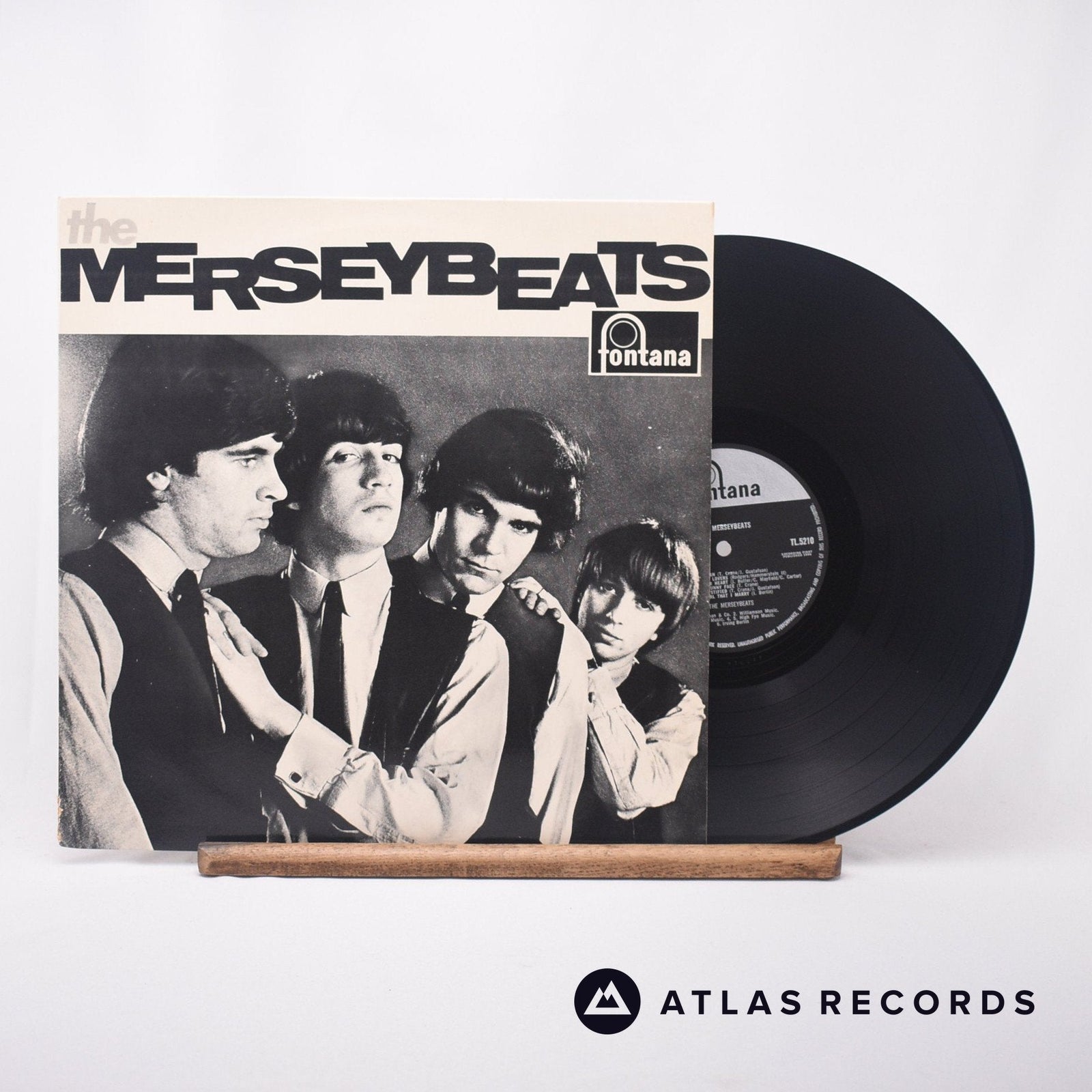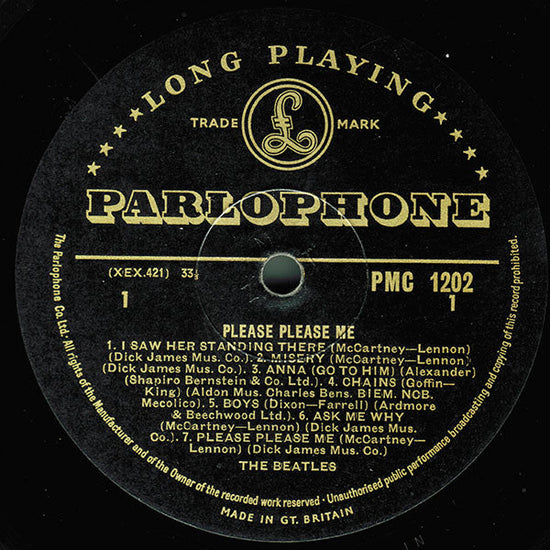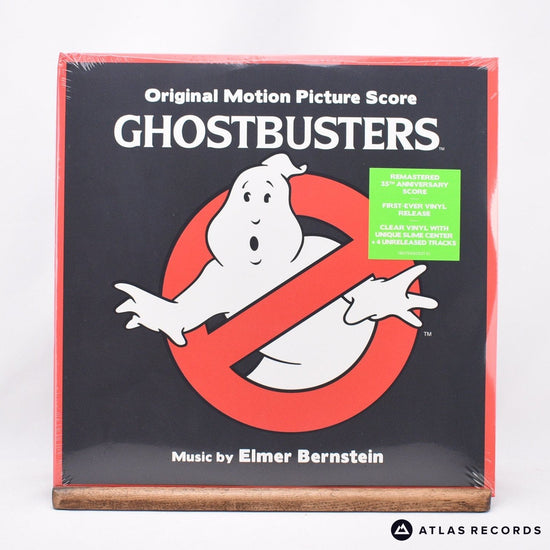1. What Does LP Stand For?
The term "LP" stands for "Long Play." Introduced in the 1940s, the LP was a groundbreaking innovation in the world of recorded music. Before LPs, the standard format for distributing music was the 78 RPM (revolutions per minute) shellac disc, which typically held only a few minutes of music on each side. The advent of LPs revolutionised the industry by allowing for longer playing times on a single disc.
The use of the term "long play" emphasised the extended duration of music that LPs could accommodate. LPs typically played at 33 1/3 RPM, a significantly slower speed compared to 78 RPM records. This slower speed, combined with advancements in vinyl technology, allowed LPs to hold more music without sacrificing audio quality.
2. How Long Can an LP Be at Maximum?
The maximum playing time of an LP depends on several factors, including the speed at which it rotates (RPM) and the diameter of the record. The most common LP format, which plays at 33 1/3 RPM, typically accommodates around 22 minutes of music per side. However, this can vary based on the size of the disc.
For a 12-inch LP, the standard diameter, each side can hold approximately 22 minutes of music. If the playing time exceeds this limit, the grooves must be spaced more closely, reducing the audio fidelity. On the other hand, 10-inch LPs, a less common format, usually have a shorter playing time of around 15 minutes per side.
It's essential to note that these are general guidelines, and variations exist based on factors like groove spacing, mastering techniques, and the preferences of individual artists and record labels.
3. Who Invented the LP?
The LP was a revolutionary creation attributed to Peter Carl Goldmark, a Hungarian engineer who worked for Columbia Records. In 1948, Goldmark and his team introduced the 33 1/3 RPM microgroove long-playing record as a response to the limitations of the 78 RPM shellac discs.
Goldmark's innovation allowed for a more extended playing time on a single disc without sacrificing audio quality. The microgroove technology featured narrower grooves and a slower rotational speed, enabling LPs to hold more content. The LP quickly gained popularity, providing a more convenient and immersive listening experience for music enthusiasts.
4. What Was the First Ever Vinyl LP?
The honour of being the first-ever vinyl LP release goes to Columbia Records, who introduced the format to the public in 1948. The album was titled "The Voice of Frank Sinatra." This landmark LP featured eight songs, four on each side, showcasing the capabilities of the new microgroove technology.
"The Voice of Frank Sinatra" marked a pivotal moment in the history of recorded music. The LP format not only extended the playing time but also allowed for a more coherent and artistic presentation of an entire album. Sinatra's album was a testament to the potential of LPs to convey a cohesive musical narrative, paving the way for the concept of the album as a complete artistic statement.
As the first vinyl LP ever released, Sinatra's album set the stage for the LP format's dominance in the music industry. Artists and record labels recognised the artistic possibilities afforded by longer playing times, influencing the way music was composed, arranged, and consumed.
Celebrating the Legacy of Vinyl LPs
The LP, with its long-playing capabilities, entirely revolutionised the way we experience and consume music. From the pioneering days of Frank Sinatra's "The Voice of Frank Sinatra" to the diverse array of albums spanning genres and eras, the vinyl LP remains a symbol of musical artistry and a testament to the enduring allure of analogue sound.













